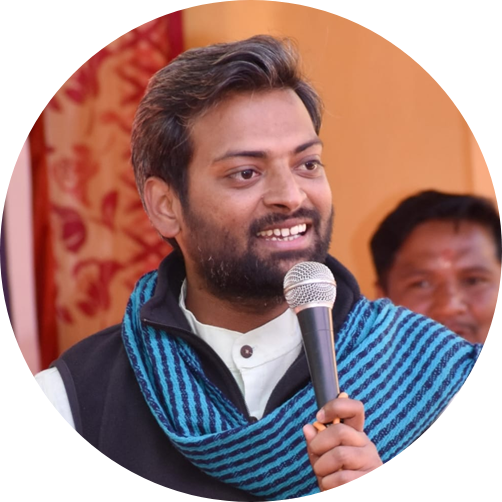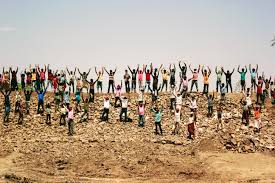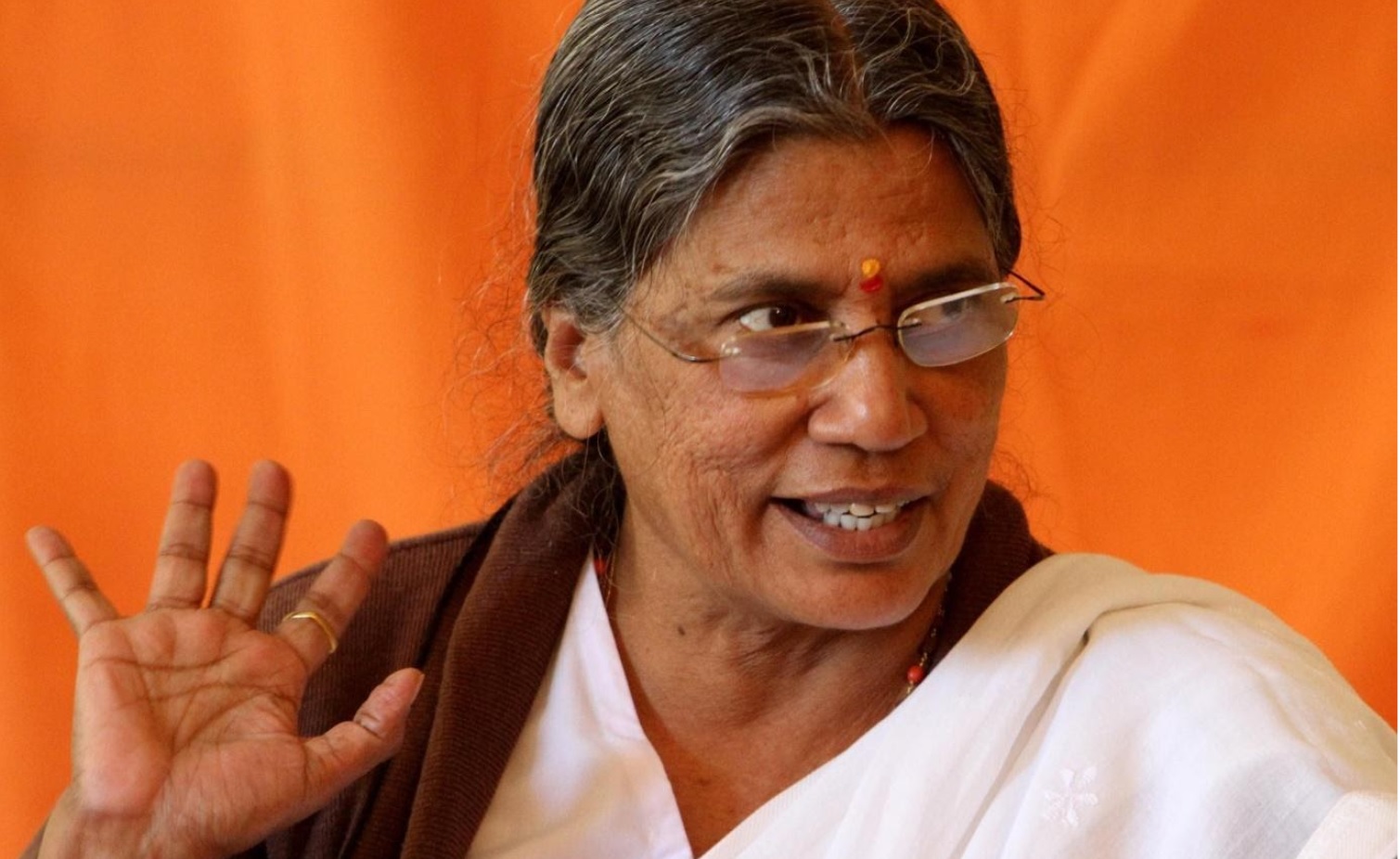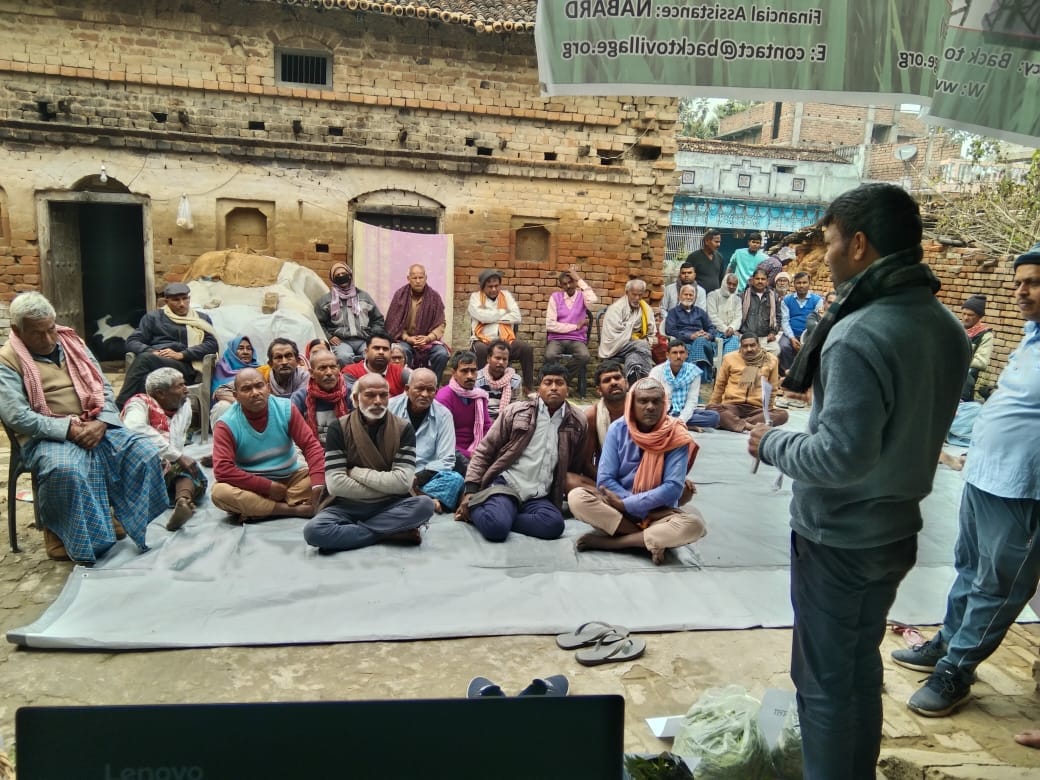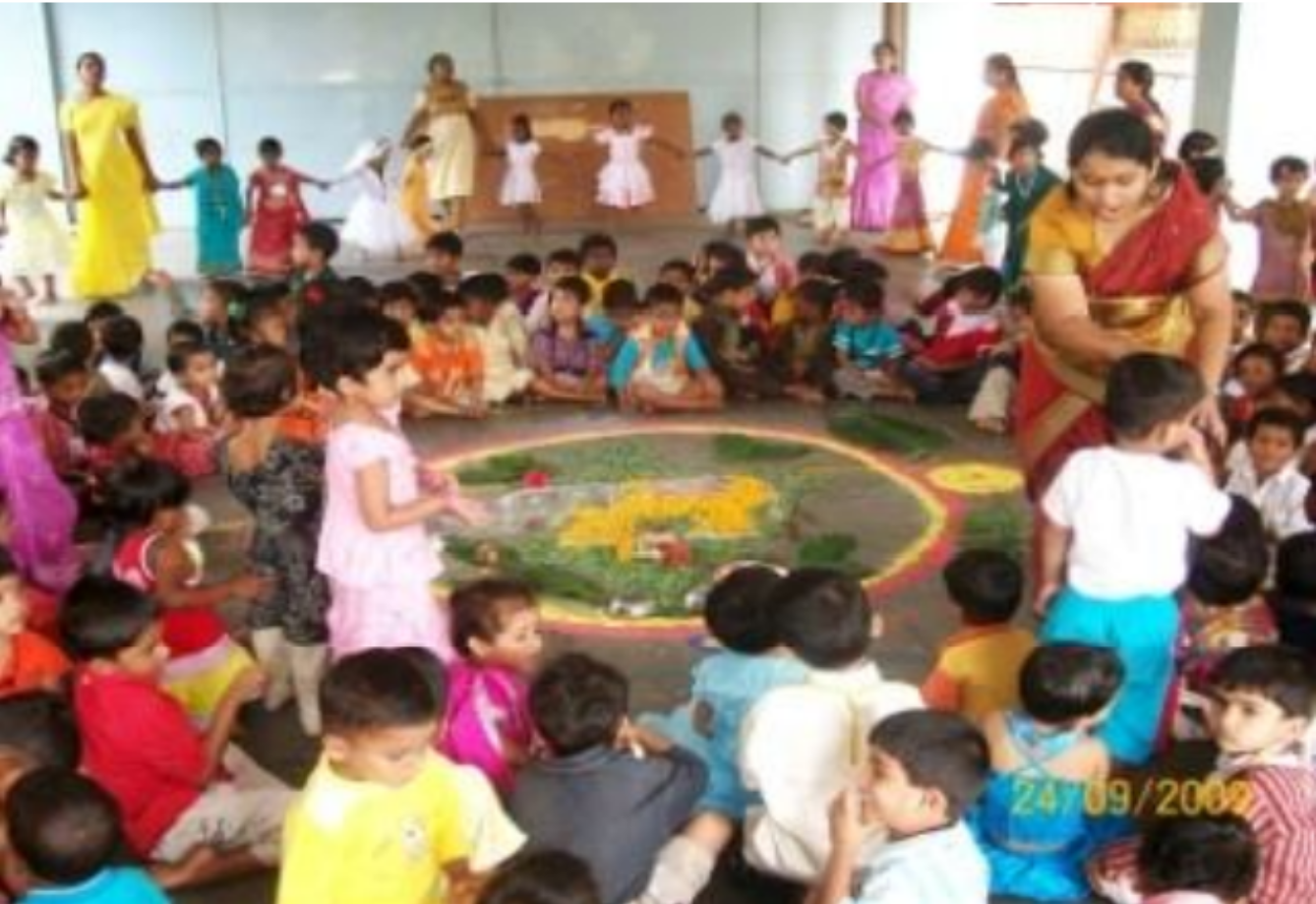It was June 16th, 2013; many villagers in Uttarakhand were going about their day, meeting with family and friends, making food, cleaning, and spending time outdoors. Then all of a sudden, devastating flash flood struck Uttarakhand. 197 people lost their lives due to the destructive flood and thousands more were injured. Entire villages were wiped out including homes, schools, offices and hospitals. What was lost was not just lives or livelihood but the hope for the future. It was in the aftermath of this calamity that a non profit named Sewa International (or Sewa in short) started working in Uttarakhand. They started off providing immediate relief like food, medicine, building houses etc. But soon these initiatives would transform into several projects that would try and build back communities. It would also serve as a platform for people to volunteer and work selflessly.
One volunteer who was inspired by Sewa started volunteering was fashion designer and entrepreneur Abhishek Kumar. He now works full time with Sewa International now, leading many key initiatives and dedicating himself fully to the upliftment of the rural folk of Uttarakhand. As part of our project to explore unsung changemakers in India, we talked to Kumar about his work, about the different service projects that he was part of and what inspired him to dedicate himself to service leaving his lucrative business.
Before becoming a full time worker with Sewa International, Kumar had a passion for fashion designing. He attended NIFT( National Institute of Fashion Technology) in New Delhi, and was trained there. After completing his training at NIFT, he had his own startup in the fashion industry called Valka Lifestyles. Even while managing his business, he consistently found time to volunteer for Sewa. He soon found himself more and more involved in service activities and lesser on his business. Finally, in 2015, he took the plunge and became a full time worker for Sewa International. Since then he has helped lead many service projects of the Sewa International in Uttarakhand. Kumar tells us that he inspiration for service came from Swami Vivekananda, the Hindu monk who is also known to have brought ‘yoga’ to prominence in the United States.
Sewa’s Initiatives to Make Uttarakhand Stronger
Kumar explained to us the various initiatives that he has shaped in Uttarakhand. Over the course of the last five years, he told us, the Sewa International in Uttarakhand has grown to have a total of six community initiatives under the larger project named ‘Sewa Kaushal Vikas Kendra’. Sewa Kaushal Vikas Kendra aims to empower rural folk in remote areas across the state by increasing digital literacy, empowering women, promoting volunteerism and community service among others. What started as a small initiative of a handful of volunteers, now has about 200 volunteers.
The largest among these initiatives is Sewa Krishi with over 4,000 female workers. The goal of Sewa Krishi is to promote organic farming and the growing of produce unique to the Himalayan region while also focusing on the generation of livelihood through agriculture. Abhishek Kumar emphasized that “Women are the drivers of rural economy in the mountains” and this project endeavors to empower and strengthen women across the state. He told us about a producer company owned by women producers and facilitated by Sewa International named ‘Him Sampada’ (meaning the wealth of Himalayas). It helps the beneficiaries get the best market and facilities and allows their goals of creating a self sustainable society to become a reality.
The ‘Sewa Yuva Jyoti’ initiative aims to make the rural unemployed youth create livelihood for themselves. It includes, digital literacy, personality development or soft skill development, learning software coding etc. Since 2014, over 1500 students have been trained across the 10 training centers that the initiative runs in the region. Sewa Mahila Jyoti aims to empower women with non-farm skills, promote local art, crafts, and artisans, and the generation of livelihood through other activities. It provides training to the women in art making of traditional handicrafts out of wool and ringal or bamboo, knitting etc.
The objectives of Sewa Sahas is to develop lesser known tourist destinations across Uttarakhand, develop enterprising and serviceable skills among youth, train communities in disaster management, and the creation of livelihood activities through tourism. Through this endeavor, over 500 youth trainees were developed into first responders and 123 people were trained for tourism ventures. The main focus is to promote eco-tourism which allows for visitors to explore the region without damaging the environment. Furthermore, Sewa Sahas has motivated more villagers to start home stays which is when visitors share a residence with a local of the town. There are currently 35 houses in villages across the state such as Byunki, Vaar, and Karchon.
The Swasthya Sahyogi Sewa aims to build a healthy and hygienic society by creating a system where health issues can be addressed easily in villages and equip people with insightful skills in the health sector. One way they spread health and hygienic awareness is through regular meetings and counseling with adolescent girls. There are 50 peer groups for adolescent girls with over 600 members. Another aspect of this program is to provide primary healthcare facilities in villages. Currently there are 36 health camps and as well as a mobile health van which works to provide healthcare at people’s doorsteps.
The aim of Sewa Surjan was to increase community participation – mobilization, forming self-help groups, generating road maps for livelihood activities, and institution building for sustainable livelihood activities. Self-help groups allow for a greater sustainable and socio-economic development of women-driven communities.
We were greatly inspired by the amount of work that is happening and how changemakers like Abhishek Kumar can offer so much help. However, Kumar tells us that although he wanted to provide help to the villagers he more importantly wanted them to ultimately stand up for themselves and not become dependent on anybody for more aid. He wanted them to be self-reliant.
The life of a social change-maker
So what does Kumar’s typical day look like? we asked him. It begins in the morning with meditation, yoga practices, and ‘swadhya’ (study and self reflection). During the daytime, he confers with his workmates and holds meetings to discuss the progress of the individual projects, to make sure everything is going as planned. Kumar emphasizes that to sustain an organization, regular administration as well as tracking finances is vital. Late in the evening, after dinner or a walk, Kumar spends time on how to improve projects and create sustainable ideas that can help guide villages in the right direction.
Is the life of a social worker easy or is it challenging? Kumar smiles. He indicates the kinds of challenges that people working in the social sector face – there are difficulties gaining support from the community including those whom the work may benefit, in getting funds especially during the initial stage of the initiative.So how does one motivate oneself to continue to pursue the project in spite of the hardships? If one loves what he or she is doing, the challenges seem less daunting.
Kumar emphasizes that anybody who wishes to work for the society or be a leader needs to be systematic. One should have enough background information about the region, about its people, about their problems etc. He tells us empathy is key to any social project’s success. A leader has to be considerate and selfless, putting the work and the team before themselves.
We asked Kumar what kind of feedback he, or the other volunteers, had received from the communities with which they worked. He said that the feedback was almost always positive, but added that it is important not to be swayed by praise from community or anybody.He put great emphasis on staying grounded when offered with praise and always taking a moment to step back to look at one’s mistakes objectively. The community wants to work with the volunteers, hand-in-hand. Sewa workers are not only the givers, and the community members are not only takers, he told us. The purpose of Sewa International’s programs is to increase the capacity of the community and to make them self-reliant.
We then asked him what we could do as Indian teenagers and young adults living in America to support causes and important work such as his in India. He quoted Swami Vivekananda: “Be and make.” He then described how adopting the wisdom of these words would translate to helping others. “Be the person who walks like a king, and is a perfect servant” he said. Have confidence and purpose in your actions and character, and use your time and effort in the service of the betterment of others. He then evoked Gandhi’s adage “Be the change you want to see.” Start with yourself. If that is taken care of, the rest will follow.
With the advent of new technology and ways of life, many changemakers have been rising to the challenge and improving communities by successfully combining modern and traditional ways of life. One such person being Abhishek Kumar. Kumar has been serving villages of Uttarakhand for most of his adult life. He has put forth all of his effort into making the communities of Uttarakhand stronger- empowering women, men, and children to become the best that they can be. Through the many initiatives he oversees and the many initiatives he plans to implement, Abhishek Kumar sees no end in his path of service. He understands the positive impact he has on the society in Uttarakhand, but he continues to humbly serve the people without wanting accolades or recognition.
Tony Robbins once said “Only those who have learned the power of sincere and selfless contribution experience life’s deepest joy: true fulfillment.” We felt this was reflected in the work of Abhishek Kumar.
(This article is based on the research and interview conducted by three Indian-American high-schoolers as part of the Dharma Internship Program 2020. The authors acknowledge the valuable suggestions and help from their mentors and program coordinator)

Nitya Sandadi
Nitya is freshman studying business at Indiana University. In her free time loves to dance, try new foods, and travel with her family.

Parth Saggar
Parth is a senior at Johnston High School in Iowa. He likes chess, tennis and finance

Swarali Panse
Swarali is a freshman at Texas A&M University. She likes art and reading

